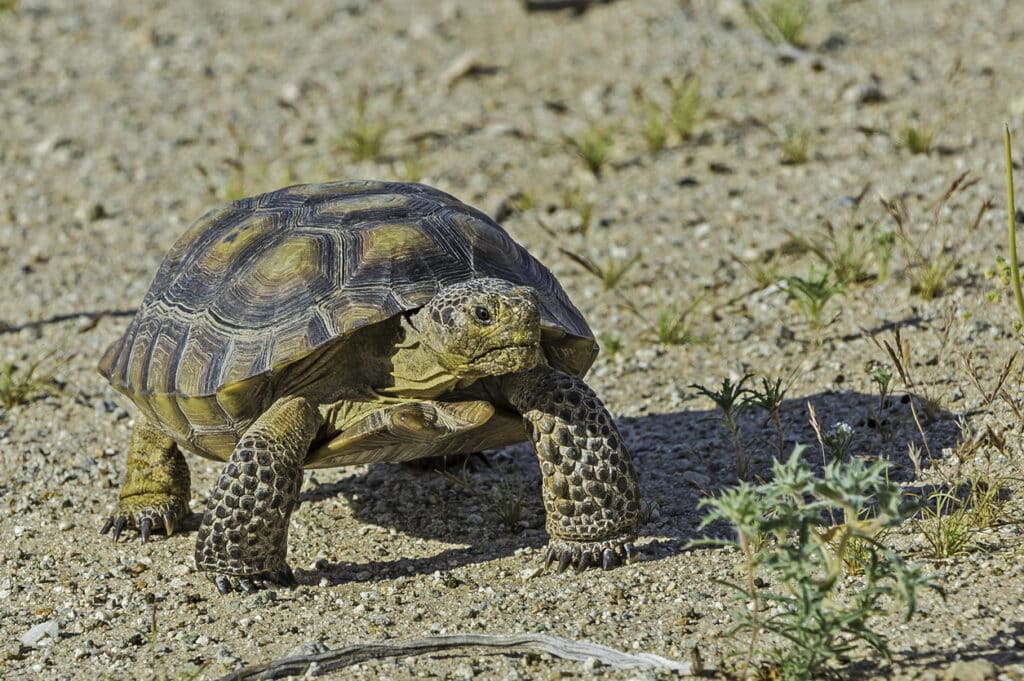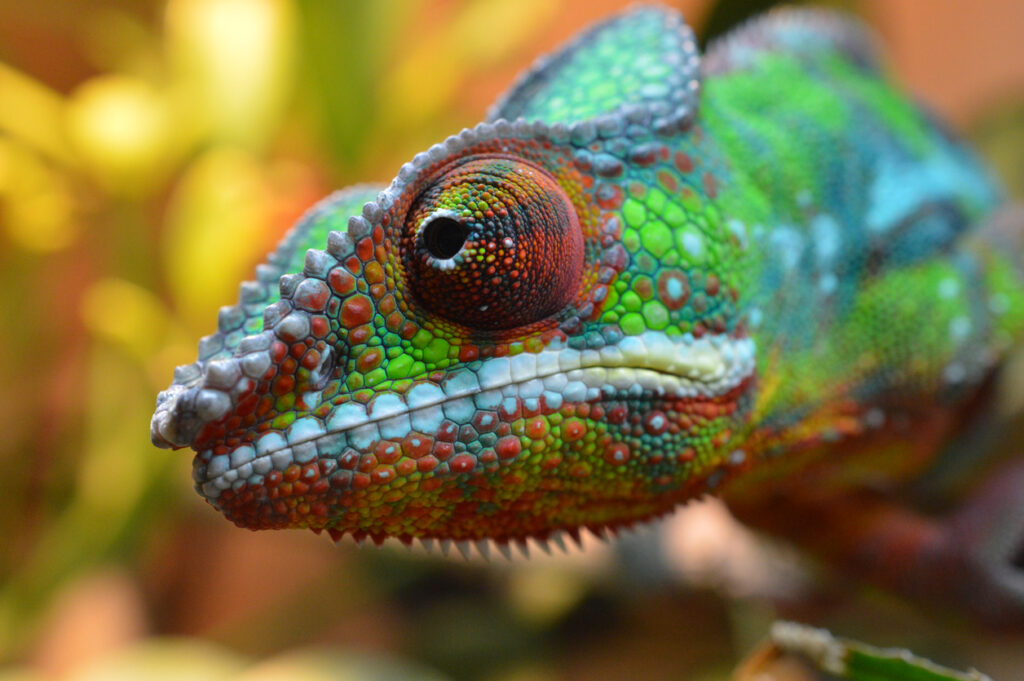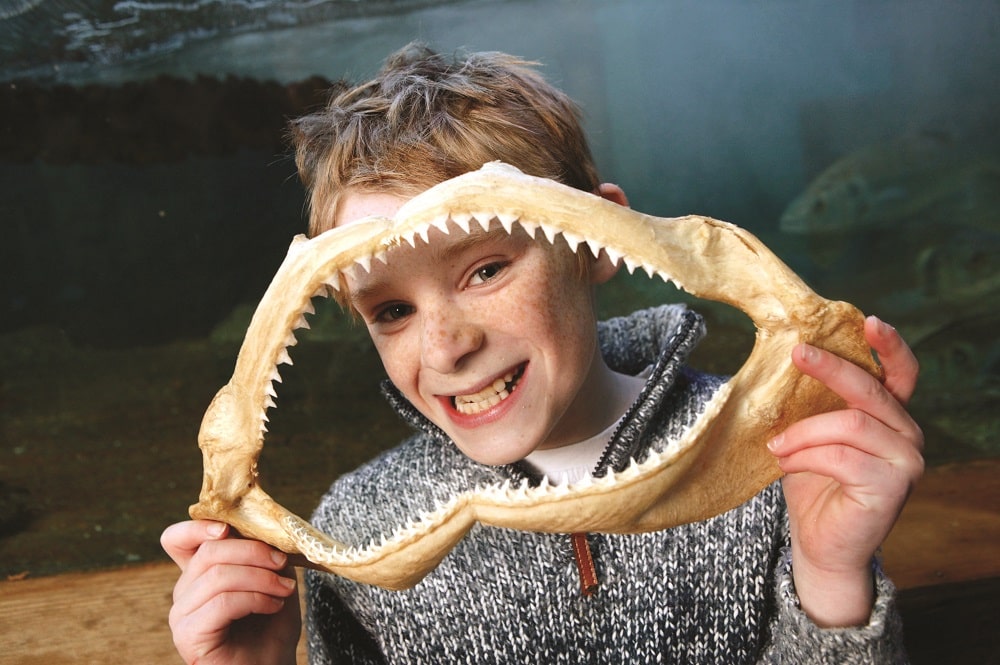Understanding Animal Dietary Groups (With a Quiz!)
Animals around the world have different habitats, behaviours, and features, so it should come as no surprise that their diets can also vary massively. These diets can be categorised into different groups, mostly depending on the environmental resources available and how the animals have evolved to survive.
Here, we’ll give you the low-down on why food is important for animals in all environments, as well as the different types of dietary groups. There’s even an opportunity to test your knowledge at the end!
Importance of food and nutrition for animals
Food is a primary source of energy for many animals. It helps them grow properly and stay strong. And when animals aren’t in a constant state of hunger, it’s often easier for them to maintain healthy behaviours rather than acting dangerously.
As animals have evolved, their diets have adapted and become specialised, which is why they’ll only eat certain types of food. Because of their diets, each animal also has an important role to play in the food chain, whether they’re at the top, bottom, or somewhere in the middle. This dictates where they fit into the ecosystem and helps to maintain balance.
Now that you know all about the importance of food and nutrition for animals, let’s delve into the differences between the dietary categories that animals can fall under.
What is a carnivore?
Carnivorous animals follow a meat-only diet. These animals are also known as predators, which simply means they hunt down their meals.
Carnivores can also be categorised further into piscivores and insectivores. Piscivores, like sea lions, will mainly eat fish. Meanwhile, insectivores, such as lizards, mostly eat insects.
Carnivores are critical for keeping the herbivore population under control, and these animals make up a significant proportion of their food. Many carnivores have developed special adaptations that help them hunt effectively, such as strong jaws, sharp teeth and even venom. Though many carnivores have adaptations to hunt, some carnivores such as Hagfish are scavengers; they clean up dead and dying animals from the ocean floor.
This dietary group covers the largest proportion of animals, with reports suggesting that around 60% of animals are carnivores.
Carnivores can also be divided into three categories based on what percentage their diet includes meat. A carnivore diet that includes around 30 percent meat is known as a hypocarnivore, animals whose diet consists of around 50 percent meat is a mesocarnivore and animals that have a diet of 70 percent or more are considered obligate carnivores.
Which animals are carnivores?
As we’ve mentioned, many animals are carnivorous. To help you understand more about these creatures, here are a few examples, alongside the adaptations that help most with their diet:
- Snakes: Their diets mostly consist of small mammals, birds, rodents, fish, amphibians, insects and eggs. They have stretchy jaws, movable ribs and expandable bodies, all of which help with consuming prey that’s bigger than their heads.
- Triggerfish: They feed on a variety of creatures, from small crustaceans to sea urchins and snails. They have really tough teeth and jaws to help them feed on sea urchins and will typically flip them over first to avoid the spines!
- Panther chameleon: This species can be classified as an insectivore, since their main diet consists ofinsects like crickets, grasshoppers, and roaches.
- Sharks: Many shark species, including nurse sharks, are carnivores. Their diets can consist of smaller fish, molluscs, shrimp and crab. Nurse sharks are particularly interesting, since they’ve developed a suction power from their mouths, allowing them to draw their food into their mouths quickly.

What is a herbivore?
Herbivores will exclusively eat plants, including flowers, seeds, foliage and berries.
Animals following a plant-based diet usually have special adaptations to help them chew and digest this type of food. For example, many have wide, flat molars to help them grind up leaves, grasses and other foliage effectively. Herbivores also have a longer digestive tract compared to carnivores, as the cellulose in plants takes much longer to break down and digest compared to meat.
Herbivores are often the main choice of prey for carnivores. This is a necessary part of the food chain, otherwise, an overpopulation of herbivores can lead to a lack of food availability.
Around 30% of animals are herbivores, making this the second most common dietary group. Herbivores are vital within the eco-system due to seed dispersal, when eating foods such as berries and seeds, these are not digested and are dispersed, creating new areas of plant growth.
Which animals are herbivores?
Plant-eating animals often have special adaptations to help them break down the vegetation and foliage in their diets. These animals include:
- Stick insects: Their primary diet consists of leaves and foliage, and their powerful mandibles (lower teeth) help them chomp down on this type of food.
- Tortoises: Grasses, flowers, and twigs are a big part of different tortoise species’ diets. In the absence of teeth, they have sharp, tough edges in their mouths to help them grab and cut vegetation.
What is an omnivore?
An omnivore will eat both plants and meat. The term originates from the Latin words omnis, meaning ‘everything’, and vorare, meaning ‘to eat’.
Many of these animals have adapted to eat this diet because it allows them to survive in varied environments where a carnivore or herbivore might run out of food. Some omnivores have a mixture of sharp teeth and flat molars that help them chew both types of food, although some only have sharp beaks or mouths. They also usually have multiple chambers in their stomachs and a specialised digestive system for processing food.
Omnivores are far less common than herbivores and carnivores, with less than 10% of animals belonging to this dietary group.
Which animals are omnivores?
They might be rarer, but there are still a few omnivores around the world. These include:
- Clownfish: These fish eat zooplankton, algae, worms, small crustaceans, and even dead anemone tentacles. Their symbiotic relationship with anemones is a big part of their diet, since anemones provide scraps of food for clownfish.
- Turtles: They can feed on fish, jellyfish, shrimp and crabs, as well as underwater plants. Mostly following a plant-based diet, though, their finely serrated jaws can break down their food.
Of course, the most obvious example of an omnivore is humans, since we eat both meat and plants.
Test your knowledge with our animal dietary group quiz
Think you can tell your omnivores from your herbivores now? Test your knowledge of animal dietary groups with our fun quiz below!
We hope this guide helps you understand the different dietary groups. For more insights, from facts about marine species to conservation advice, check out our blog.


